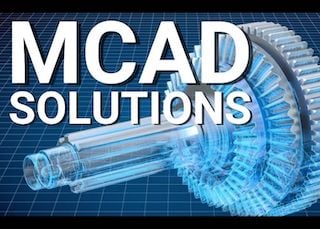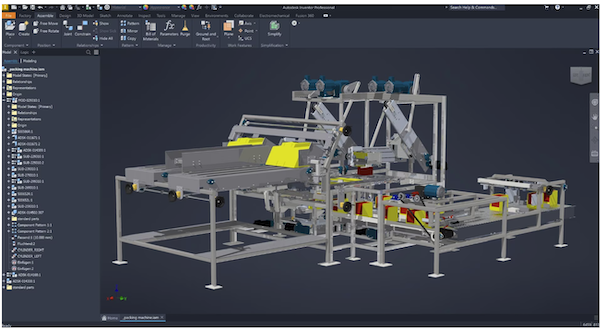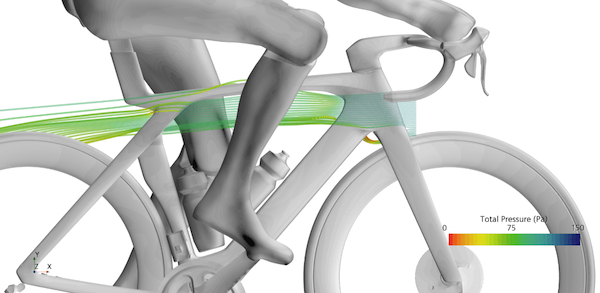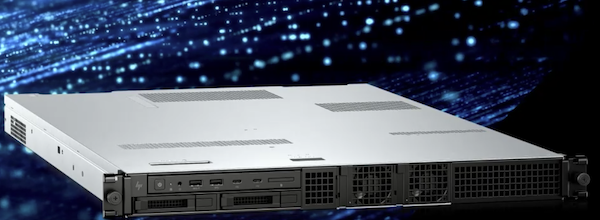
Computer hardware optimized for design and simulations is becoming essential. As engineering software advances, the underlying hardware requirements continue to escalate. Three key areas are seeing major innovation to support next-generation engineering: high-performance CPUs and GPUs, fast storage technologies, and multiple workstation form factors.
High-Performance CPUs & GPUs
For years, CPUs handled most engineering computing for tasks. But applications like computational fluid dynamics (CFD) simulations, AI/machine learning, and photorealistic rendering are pushing CPUs to their limits. This led to leveraging general-purpose GPU computing to accelerate these highly parallelized workloads.
Both AMD and Nvidia now offer GPU solutions tailored for engineering software. AMD's Radeon Pro W6000 and W7000 series include optimization for popular applications like SolidWorks. Nvidia's latest RTX Ada Lovelace GPUs provide performance gains and CUDA acceleration for rendering, simulation, and AI workloads. CUDA is a parallel computing platform and programming model developed by Nvidia for general computing on graphical processing units (GPUs).

Autodesk Inventor 2024 benefits from CPU optimizations from both Nvidia and AMD, streamlining key workflows including regeneration and ray tracing for rendering. Image source: Autodesk.
Under Working Conditions
In standardized benchmarks published by AMD using SolidWorks 2022, AMD's W7600 was 43% faster than Nvidia's RTX A2000 at generating shaded graphics with edges. Nvidia has optimized plug-ins for exploiting AI acceleration and raytracing capabilities in applications like Autodesk Inventor. The fierce competition between AMD and Nvidia is driving incredible GPU performance gains for engineering. Watch for increased power continuing to decrease in cost as these two companies continue to go head-to-head.
Interfaces, such as Thunderbolt 3, provide the ultra-high bandwidth required to support technologies like Intel's Optane storage/memory modules. Intel explains that Intel Optane memory is smart (AI) technology that personalizes and accelerates your computing experience on Intel Core-based PCs. It recognizes, remembers, and provides quick access to your frequently used files, applications, and games. As your computing habits change over time, Intel Optane memory adapts to continue to deliver a responsive, accelerated user experience. As engineering teams work with more high-fidelity 3D models, high-performance storage is vital for processing these data-intensive workloads efficiently.
Intel and AMD are also battling for CPU performance. Intel's hybrid Alder Lake CPUs show strength for multi-threaded workloads, while AMD's Ryzen processors offer better cost/performance, especially for single-threaded workloads (which includes most CAD programs). This diversity allows customizing performance based on engineering needs and company budgets.
Fast Storage Options
Fast storage is also critical for handling engineering's data-intensive workloads. Solid state drives (SSDs) and NVMe drives eliminate storage bottlenecks, providing major speed gains over mechanical hard drives for data analytics. NVMe is a protocol used with some newer SSDs that reduces system overhead for faster performance. At Trek Bikes, upgraded hardware including Dell Precision workstations equipped with NVMe storage cut simulation times from 2 hours to 10–12 minutes.

The aerodynamics team at racing specialist Trek Bicycles uses Siemens Simcenter STAR-CCM+ to help optimize performance. By upgrading workstation GPUs and memory, Trek cut simulation run times from days to hours. Image source: Nvidia.
Multiple Workstation Designs
To maximize cutting-edge hardware capabilities, vendors offer innovative new workstation designs. Small-form factor (SFF) workstations provide high performance in space-constrained environments. For centralized resources, vendors like Dell, HP, Thinkmate's Supermicro, Lenovo, and Xi Computer offer rackable workstations.
These rackable systems support the latest multi-core CPUs, parallel GPUs, and high-speed interfaces. Liquid cooling handles thermal demands of dense rack configurations. Features like redundant power and remote management make them ideal for intensive engineering applications requiring large deployments.

While HP offers rack mounting as an option for all its workstation products, the HP Z4Rack G5 is purpose-built as a rack-mounted workstation for graphics-intense workflows. Image source: HP.
What’s Next?
Looking ahead, engineering hardware will increasingly incorporate dedicated AI acceleration for new AI, machine learning, and visualization workloads. Several multi-billion dollar AI hardware investments recently in the news underscore its importance. Intel’s Optane technology is only the start of how hardware will be able to respond more like software in the future. Wall Street analysts are predicting overall PC sales growth to hit a compound annual growth rate of more than 40% by 2028, driven completely by new AI-based hardware upgrades. Almost all of this growth is expected to be for enterprise and workstation PCs.
While Intel's future discrete GPU plans are still emerging, innovations from AMD and Nvidia in CPUs and GPUs enable engineering teams to model, render, and simulate with greater realism. Part of the graphics speed boost Nvidia got from its 2023 upgrade of RTX technology was due to Ray Reconstruction, a rewrite of traditional ray tracing and de-noise algorithms using AI. It seems GPUs are coming full circle, from being only for graphics, to being engines for AI software development, to using AI to improve the graphics.
The pace of change is changing. Engineering workstations will reap the benefits sooner than most corporate buying cycles anticipate.

Searching for more information about Product Design & Manufacturing?
Click here!

Share This Post